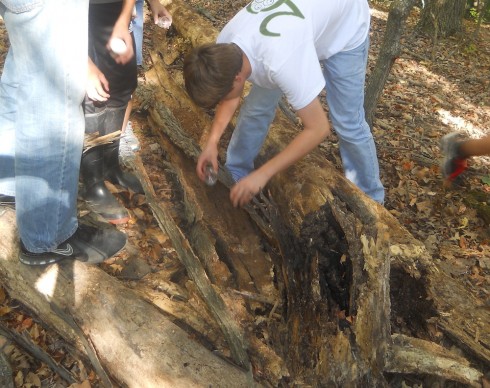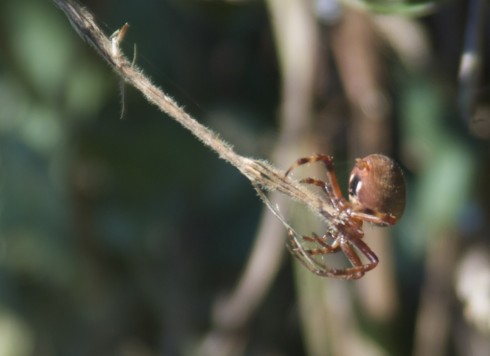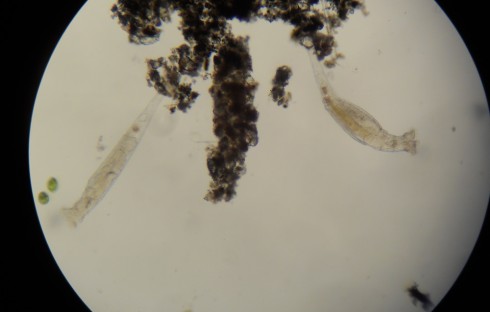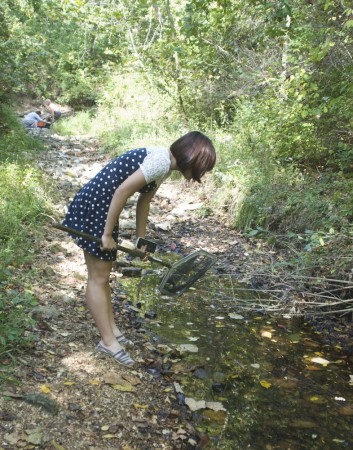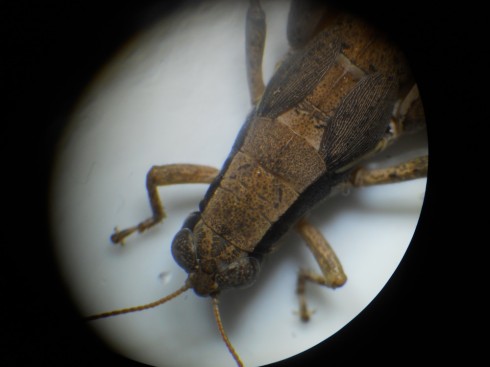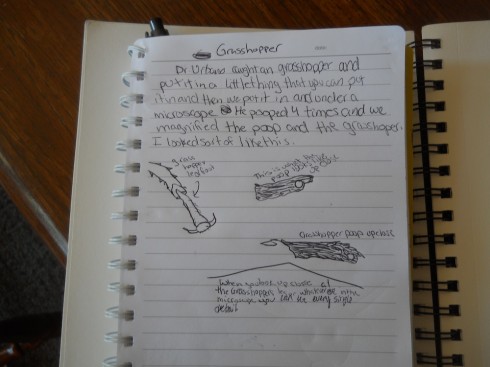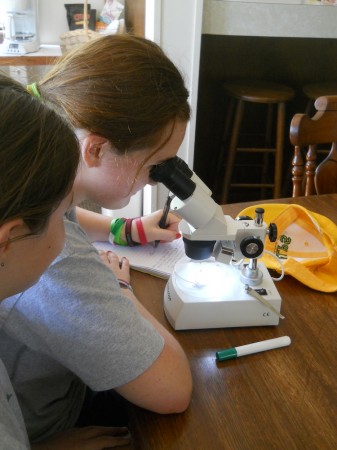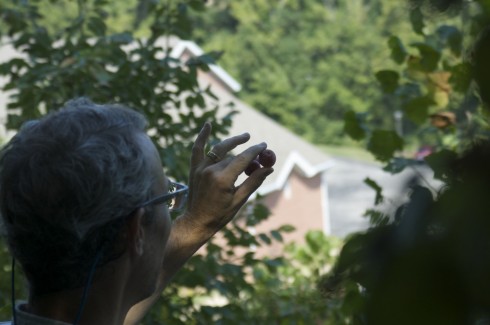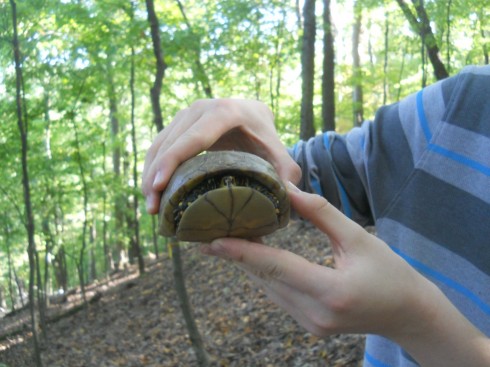
Last week, on one of our daily hiking trips up the slope for P.E., we came across two turtles. It was odd enough to find the first one on the way up the hill since they’re so well camouflaged against the brown leaves littering the floor of the forest.
The students wanted to take it with them, but since we’ve had a turtle in the lab this semester already I told them they should leave it there.
They left it on the ground and we continued on. It was only about 15 meters off the top of the ridge, so they wanted to stop by and see it again on our way back down. I bet them they couldn’t find it again, even though it had only been five minutes and turtles are known to be slow. They still couldn’t find it, but less than a minute later they found the second turtle on a different place.
It was quite a bit of fun looking for turtles in the forest. It occurred to me that it would be nice to have another objective on our hikes. So now, every time we go up the hill, we’re bringing a bunch of sample jars. Since I’ve been thinking about arthropoda lately our first few outings will be to collect insects and spiders on different parts of the slope to see if there’s an ecological difference due to the microclimatic differences.
